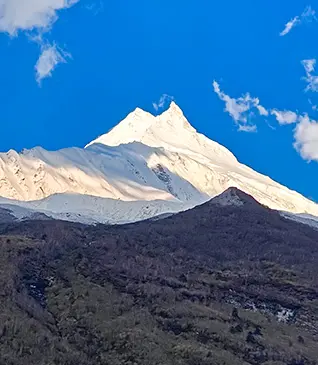Trekking in Himalayas is a wonderful experience and it draws people from all over the world. While many people prefer trekking in the summer and winter months, trekking in monsoon is quite an extraordinary experience. Monsoon in the Himalayas span from June to September and during this time the mountains transform into a lush, green and vibrant haven. The valleys become greener, the rivers fuller, and the air is filled with the scent of fresh rain, making the Himalayas during monsoon a paradise for nature lovers and trekking enthusiasts. While not all treks are accessible during monsoon, there are some Himalayan treks that are especially beautiful in monsoon like the Valley of Flowers Trek, Hampta Pass Trek, Kashmir Great Lakes etc. Now, with the thrill and excitement of trekking in monsoon comes the responsibility of maintaining safety. One needs to be extra careful and cautious during the monsoon months.
In this article, we will talk about the essential safety tips for trekking in Himalayas during the monsoon. Read on to learn more.
Monsoon Treks Safety Tips
1. Start Early to Avoid Afternoon Showers
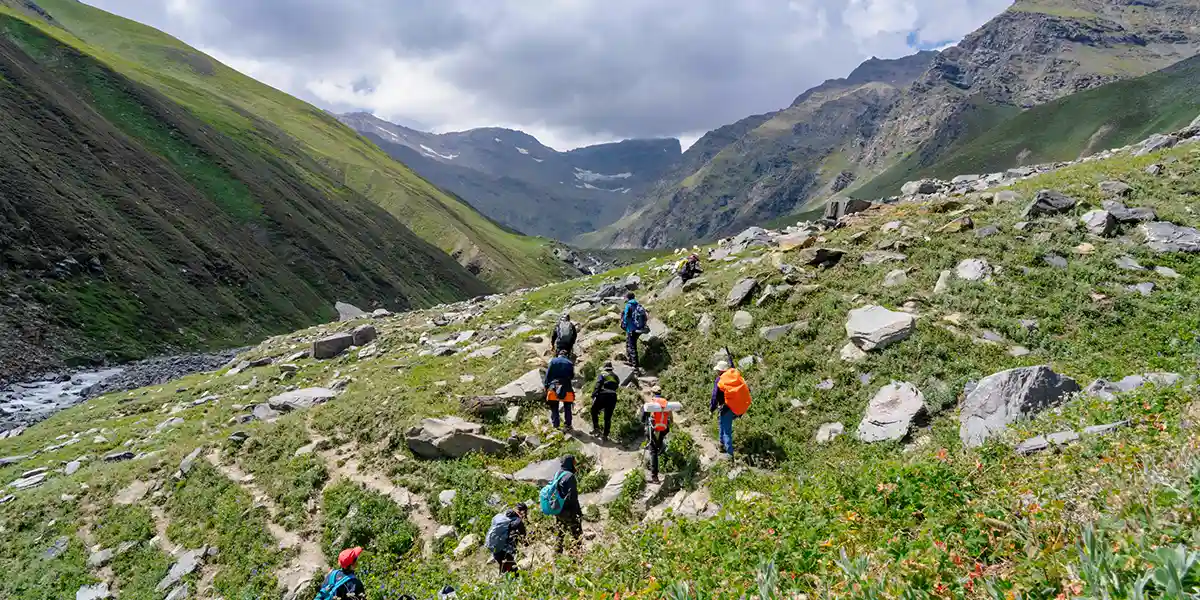
Monsoon rains tend to be most intense during the afternoon, often starting around midday and continuing into the evening. This pattern is common in many regions affected by monsoons due to the way the sun heats the ground and the air, causing moisture to rise and form clouds that result in rain showers. To avoid getting caught in these heavy downpours, it's crucial to begin your trek early in the morning. By starting your trek early, you are more likely to complete significant portions of your hike before the afternoon showers begin. This can help you avoid the heaviest rainfall, which often brings the most challenging and hazardous conditions.
Also, morning light provides better visibility, helping you navigate the trail more safely. Afternoon rains often come with dark clouds and fog, reducing visibility and making it harder to see potential hazards. Organize your day to wake up early, giving yourself enough time to pack, eat, and prepare for the trek. Aim to be on the trail at or just after dawn. Pack your gear, prepare your food, and organize your essentials the evening before. This ensures a quick departure in the morning. : Monitor weather updates the night before and early in the morning to plan your trek around the best possible weather conditions.
2. Wear Quick Drying Clothes
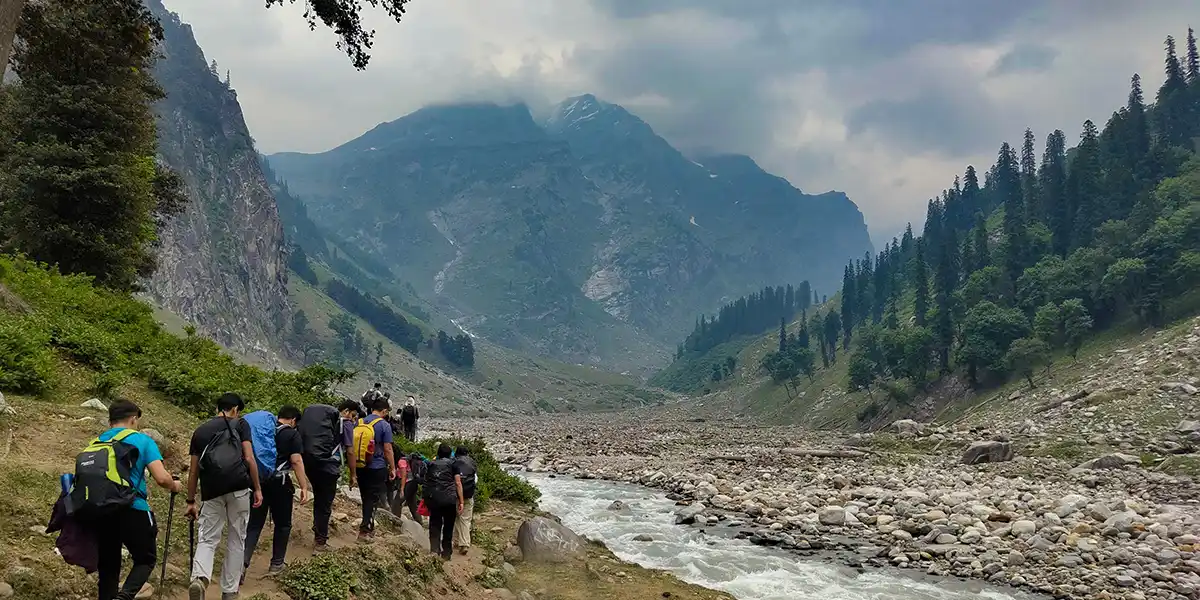
When trekking during the monsoon season, you are likely to encounter rain, humidity, and wet conditions. Wearing quick-drying clothes is essential to stay comfortable, prevent health issues, and maintain your energy levels throughout the trek. These clothes help in managing moisture effectively, ensuring that you remain dry and warm. Quick-drying fabrics are designed to wick moisture away from your skin. They absorb sweat and rainwater, then spread the moisture across the fabric surface, where it can evaporate quickly. This keeps your skin dry and reduces the feeling of dampness. Wet clothes can rapidly lead to a drop in body temperature, increasing the risk of hypothermia, especially in cooler, rainy conditions.
Quick-drying fabrics help maintain your body heat by drying rapidly, thereby reducing the risk of becoming chilled. Materials like polyester, nylon, and polypropylene are excellent choices for quick-drying clothes. They are lightweight, durable, and designed to wick moisture effectively.
3. Carry Extra Waterproofing
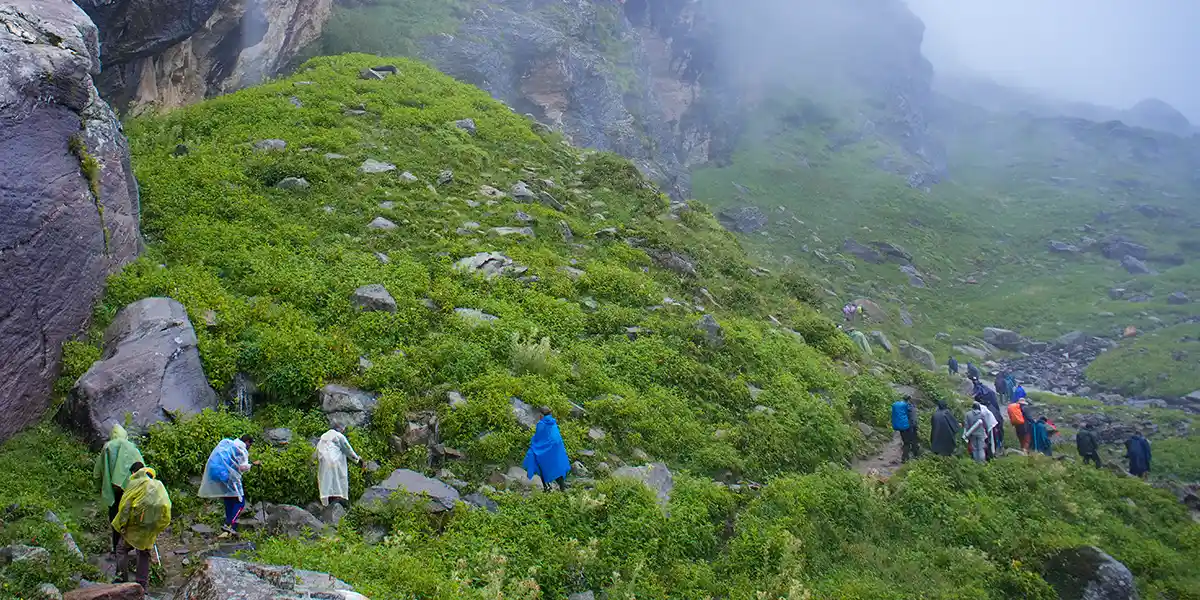
Protecting your gear from getting wet is crucial to ensure that your essentials, such as clothing, food, electronics, and important documents, remain dry and usable. Extra waterproofing measures help safeguard your belongings and enhance the overall trekking experience. Invest in a durable, high-quality rain cover specifically designed for your backpack. These covers are made from waterproof materials and often have elastic edges to fit snugly around your bag, providing comprehensive protection against rain. Ensure that the rain cover fits your backpack well, covering all areas, including the sides and bottom. A well-fitted cover prevents water from seeping in through exposed areas. Ziplock bags are an affordable and effective way to waterproof smaller items like your phone, maps, documents, and snacks. They come in various sizes and provide a watertight seal.
Consider using a waterproof pack liner inside your backpack. These liners act as a secondary barrier, ensuring that even if water penetrates the outer cover, your belongings remain dry. Test the waterproof capabilities of your rain cover, dry bags, and ziplock bags before heading out. This ensures that there are no leaks or defects.
4. Select Waterproof Footwear
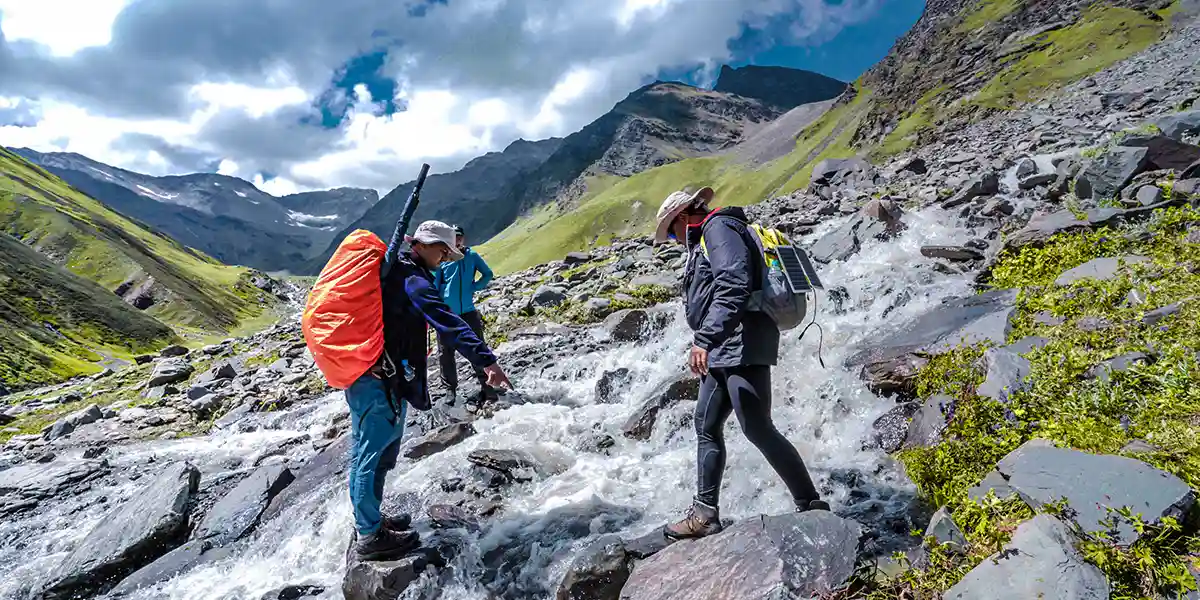
Waterproof trekking shoes provide essential protection against wet conditions, helping to keep your feet dry, warm, and stable. Investing in high-quality waterproof footwear is vital for navigating the challenging monsoon trails effectively. Waterproof shoes are designed to keep water out, ensuring your feet remain dry even when trekking through puddles, streams, or heavy rain. Dry feet are crucial for preventing blisters, chafing, and infections. Waterproof trekking shoes often feature soles with advanced tread patterns made from durable rubber, providing excellent grip and reducing the risk of slips and falls. High-quality trekking shoes offer superior cushioning and support, which is essential for long treks over rough terrain. They help in reducing fatigue and protecting your feet from injuries. Look for shoes with a built-in waterproof membrane such as Gore-Tex or similar technology. This membrane allows sweat to escape while preventing water from entering the shoe.
While waterproofing is essential, the shoes should also be breathable to prevent your feet from getting too sweaty and uncomfortable. Look for shoes with good ventilation features. Ensure the shoes have deep lugs and a tread pattern designed for grip on wet and uneven surfaces. Vibram soles are a popular choice for their excellent traction. Choose shoes with adequate ankle support to prevent sprains and provide stability on rough and slippery terrain. Mid-cut or high-cut designs are preferable for added support. In case water does get inside, shoes made from materials that dry quickly can help maintain comfort.
5. Check for landslide prone Areas
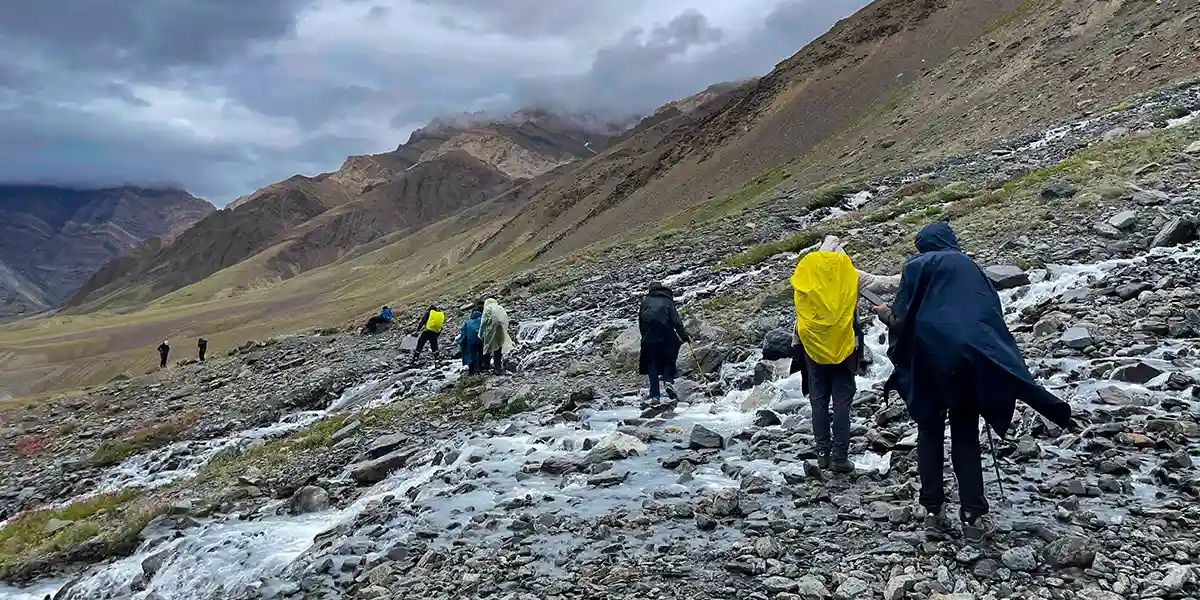
Landslides can pose severe risks, including injury, being trapped, or even fatal accidents. Thus, avoiding routes known for landslides and staying informed about current conditions is crucial for ensuring safety. Before setting out, thoroughly research your trekking route. Look for information about the area's geography, history of landslides, and any recent incidents. Guidebooks, trekking websites, and local trekking groups can provide valuable insights. Speak with local forest officials, park rangers, or tourism offices.
They often have the most up-to-date information on trail conditions and can advise you on the safest routes to take. se online tools and resources that track landslides and geological activity. Websites and apps that provide real-time data on weather and geological conditions can help you plan your trek more safely. Regularly check weather forecasts leading up to your trek and during your expedition. Heavy and prolonged rainfall increases the likelihood of landslides. Monitor local news outlets for reports on weather conditions and landslide warnings. Join local trekking forums, social media groups, or community alert systems where other trekkers and locals share real-time updates on trail conditions and hazards. When on the trail, be vigilant for signs of recent landslides, such as fallen trees, fresh cracks in the soil, or displaced rocks. These can indicate unstable terrain and the potential for further landslides. Avoid venturing off marked trails, as these are usually monitored and maintained for safety. Off-trail areas may be more susceptible to landslides and lack proper escape routes. If you notice the ground feels loose or unstable, backtrack and find a safer route. Loose soil and rocks can be a precursor to a landslide.
6. Use Trekking Poles
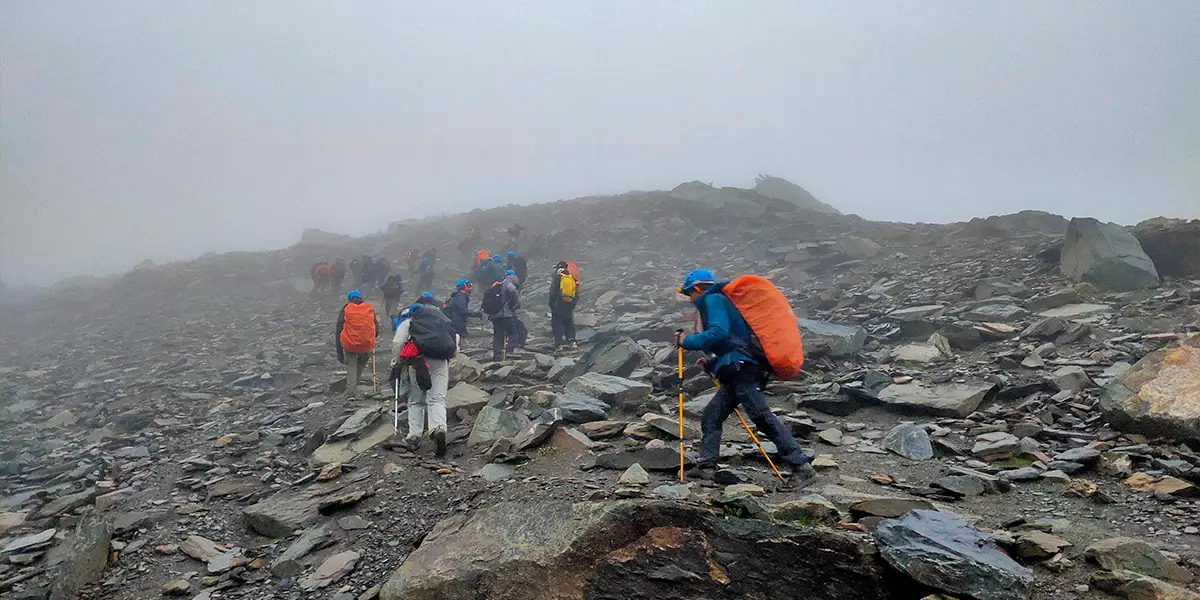
Trekking poles are invaluable tools that enhance your stability, balance, and overall safety in these conditions. They can significantly reduce the risk of falls and injuries, making your trekking experience more enjoyable and secure. Trekking poles provide additional points of contact with the ground, increasing your stability on slippery surfaces. This is particularly beneficial on wet rocks, muddy trails, and loose soil, which are common in monsoon conditions. Navigating uneven terrain becomes easier with trekking poles. They help distribute your weight more evenly, allowing you to maintain better balance, especially when crossing streams, climbing steep slopes, or descending tricky paths.
Choose poles with adjustable lengths so you can customize them to your height and the terrain. Longer poles are useful for downhill sections, while shorter poles are better for uphill climbs. Opt for poles made from lightweight materials such as aluminum or carbon fiber. These are durable and easy to carry without adding much weight to your gear.
7. Be Prepared for Delay
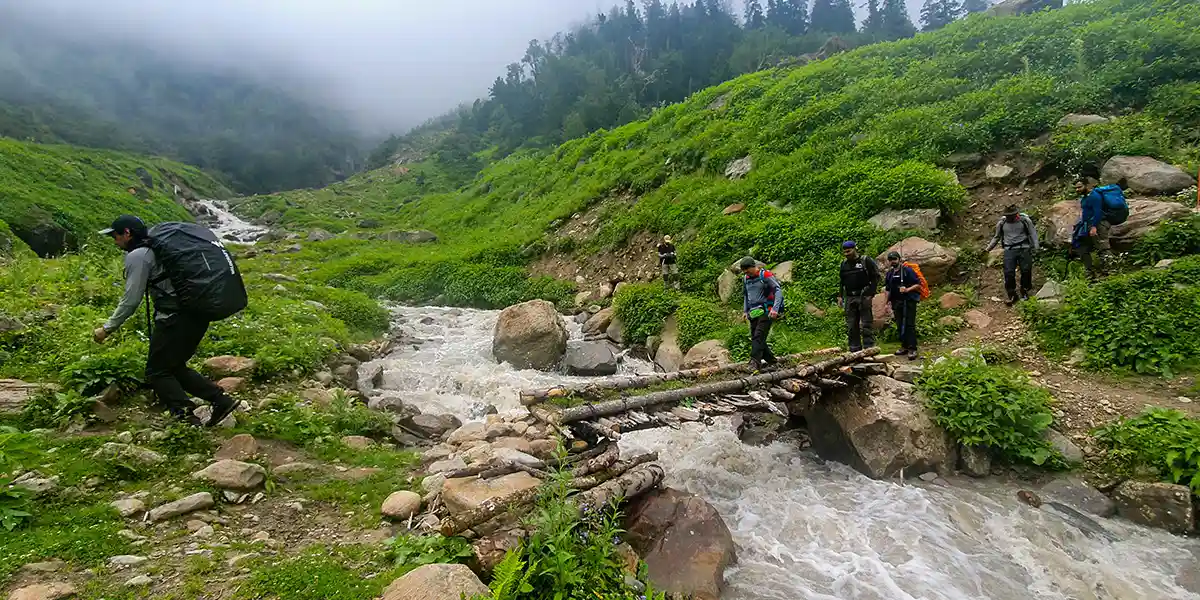
Lastly, be prepared for delays. Monsoon trekking comes with its unique set of challenges, including unpredictable weather, slippery trails, and potential obstacles like landslides or swollen rivers. These conditions can significantly slow down your progress, making it essential to allow extra time in your schedule for unexpected delays. When you trek in monsoon be prepare for these delays. Knowing that you have extra time to handle unforeseen challenges reduces stress and allows you to focus on enjoying the trek. Having a flexible schedule means you can take necessary precautions without rushing, such as waiting for heavy rain to pass or navigating difficult terrain carefully.
Extra time allows for thoughtful decision-making in response to changing conditions, such as finding alternative routes or setting up camp earlier. A relaxed pace enhances your overall trekking experience, allowing you to take in the surroundings, rest adequately, and maintain energy levels.
These are some monsoon trekking tips that will keep you safe and help you get the best out of your trekking experience. If you plan to trek this monsoon, follow these tips for an enjoyable experience.
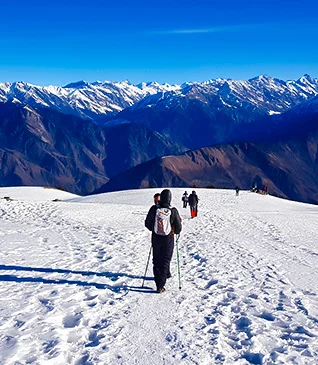
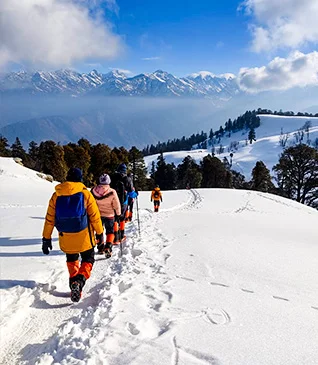
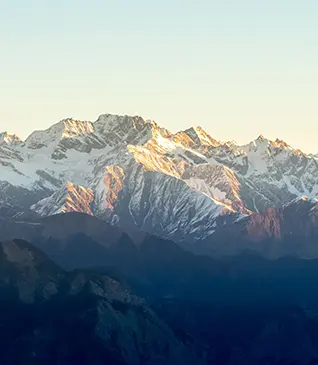
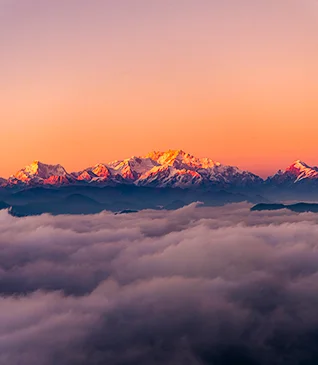
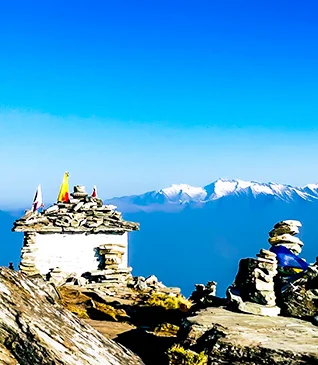
.webp)
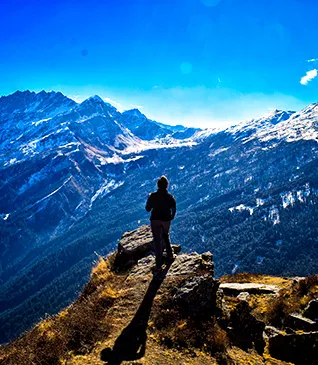
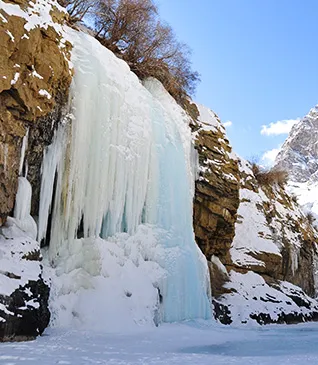
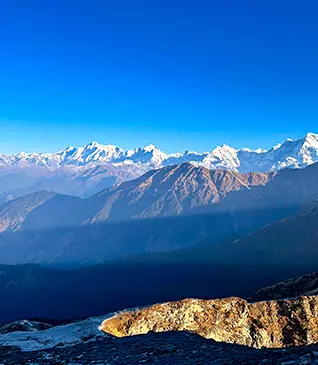
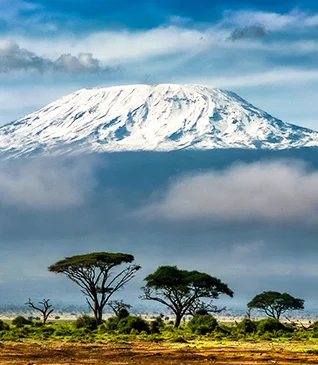
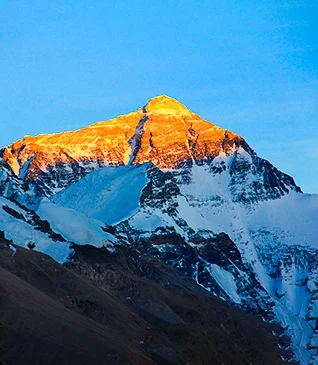
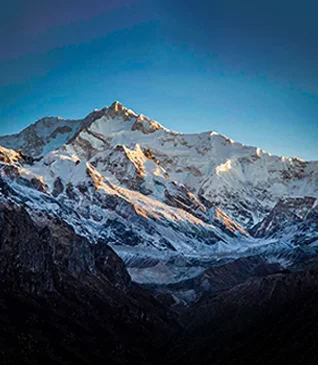
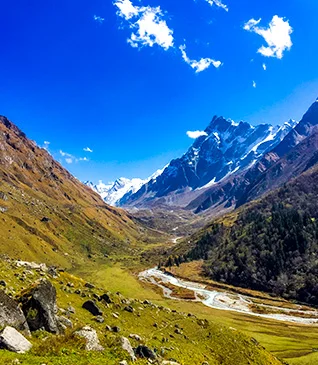
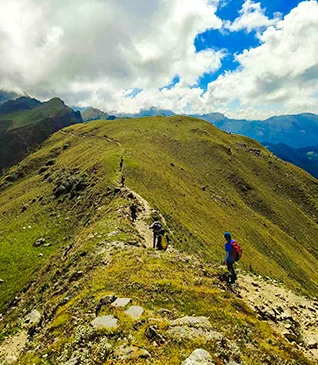
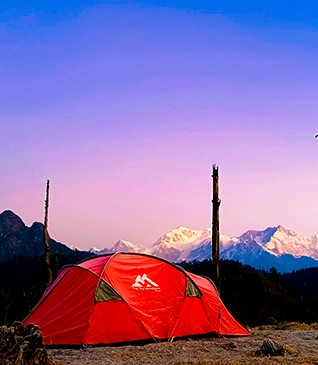

.webp)
